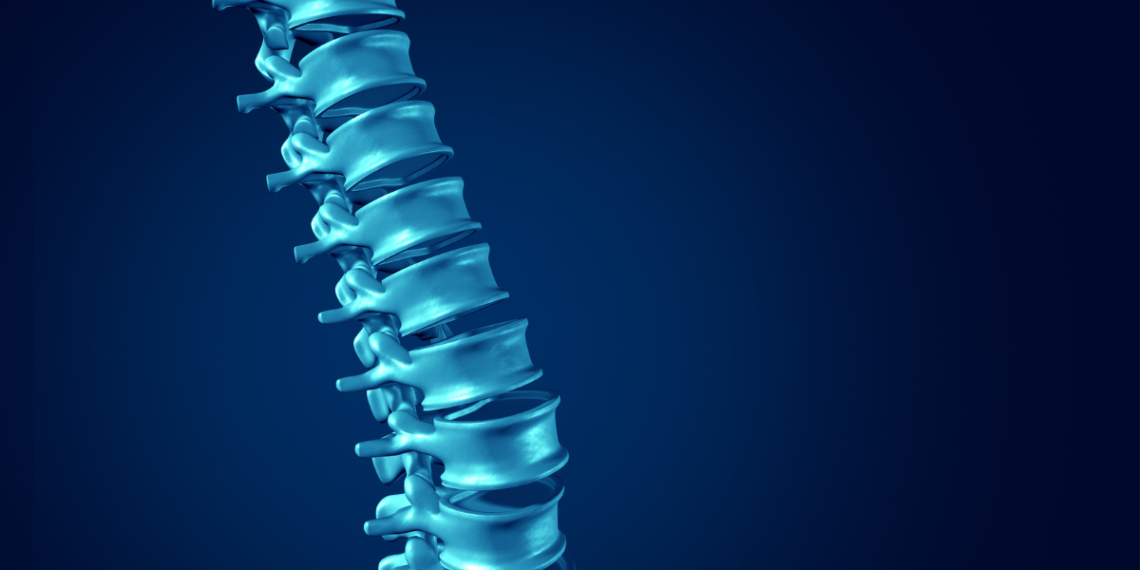The spine is a complex and intricate structure that helps us stand upright, move and bend, throughout our daily lives. In addition, the spinal nerves originating from the spinal cord traverse the spine to reach the upper and lower extremities and the trunk. Degenerative disc disease (DDD) is one of the most common causes of pain in the spine that can become debilitating if left untreated. To help understand DDD, here is the information that may be useful to you.
Degenerative disc disease occurs when the disks between your vertebrae become worn down with age or from overuse. These discs normally act as shock absorbers which prevent bones from rubbing against each other in rough movements like lifting or twisting. However, when these discs are worn down or displaced from their normal location, they may rub or compress the spinal cord or spinal nerves and pain ensues.
Although there is no single cause for DDD, aging is one of its most common contributors. As we age, our bodies produce less collagen which helps maintain disc health, making them more prone to wear and tear. Other contributing factors can include repetitive or heavy lifting that leads to strain on the spine over time as well as genetic predisposition.
The symptoms of degenerative disc disease vary from person to person depending o location and the severity of the condition. Common indicators are localized pain in the back or neck region; stiffness; limited mobility; radiating pain in the arms or legs or trunk; numbness or weakness in the extremities; and headaches.
Many people with DDD usually respond to conservative management. A combination of physical therapy and stretching exercises can help relieve discomfort. In some cases, medications like anti-inflammatory drugs, anti-nerve pain medications, and muscle relaxants may be prescribed to alleviate symptoms.
If these recommended approaches do not provide relief, interventional options like epidural steroid injections or radiofrequency ablation may be necessary. Targeted epidural steroid injections deliver a dose of corticosteroid medication to the affected area in order to reduce inflammation and pain. Radiofrequency ablation uses heat energy to cauterize the nerves that carry the pain sensation from the small joints of the spine that cause axial pain. These intermittent procedures, performed by competent and experienced pain specialists, usually result in many months of extended pain relief. This may reduce the requirement for medications, and surgery.
Taking care of your body, including your spine is essential to living a healthy and active lifestyle. A regular exercise schedule and keeping a healthy weight are essential. There are many approaches available to help ease your pain and improve your quality of life.
If you’re experiencing symptoms of DDD, our team of experts at the Pain and Spine Center of Charlottesville is available to provide the resources and support you need. Contact us for a thorough evaluation, testing, and imaging as required for proper diagnosis and a comprehensive management plan.




